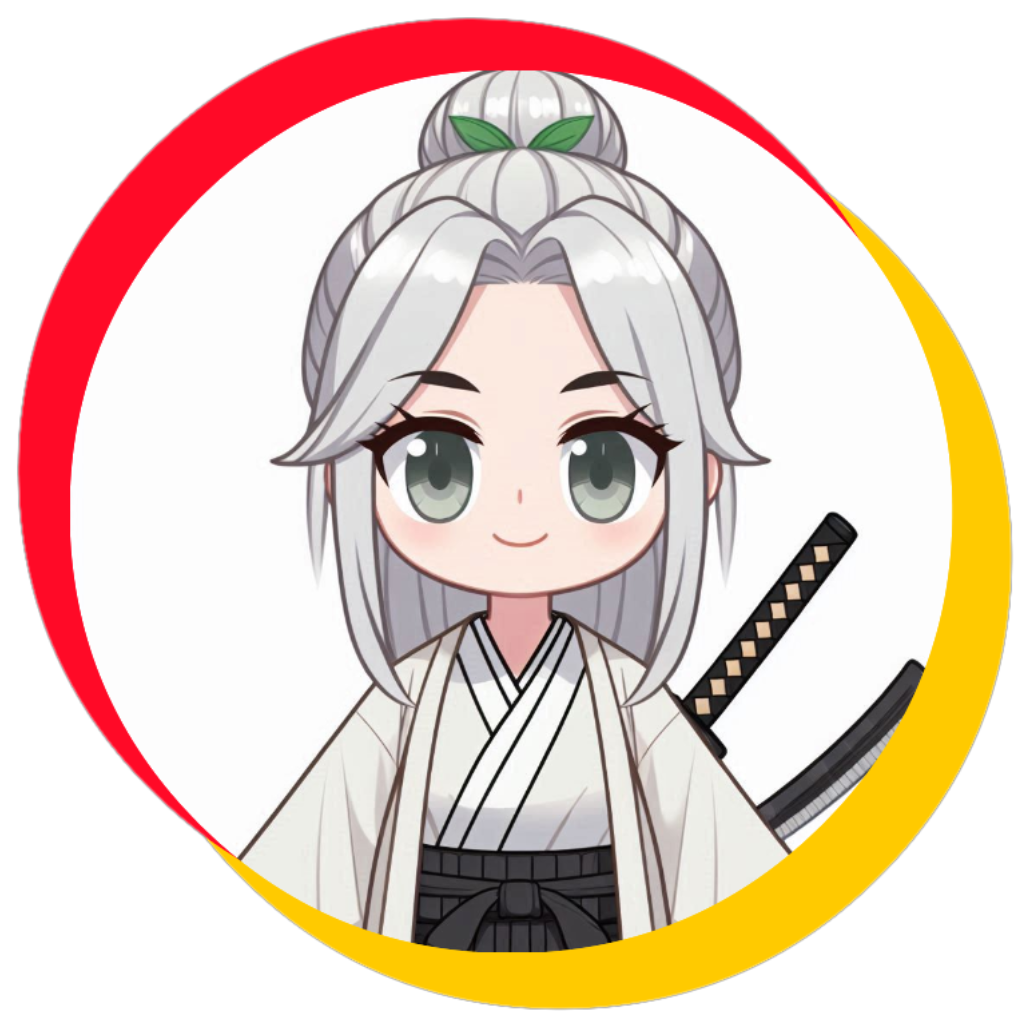What's the deal with counters in Japanese!
You all know I love studying Japanese, but this obsession with counters has got me stumped. I mean, just watch the video link (thank you hubby for digging that one up!) and you'll know what I mean. Why does the counter for a bowl of ramen change 3 times during its 15 minute life from making to consuming! Mindboggling 😅
Anyway, in Japanese, counters (助数詞 - Josūshi) are used to count objects, people, and actions. Unlike English or my native Dutch, where we just count by numbers, Japanese requires the use of a counter word that corresponds to the type of item being counted. For example, the way you count books is different from how you count people or animals.
Here are some frequently used counters along with their specific uses:
つ (tsu): A general counter for small, round objects or abstract concepts.
Example: 一つ (ひとつ, hitotsu) - one (thing)
人 (にん, nin): Used for counting people.
Example: 三人 (さんにん, sannin) - three people
冊 (さつ, satsu): Used for counting books or bound volumes.
Example: 五冊 (ごさつ, gosatsu) - five books
台 (だい, dai): Used for counting vehicles and machinery.
Example: 二台 (にだい, nidai) - two cars
匹 (ひき, hiki): Used for counting small animals.
Example: 四匹 (よんひき, yonhiki) - four small animals
枚 (まい, mai): Used for counting flat objects like sheets of paper or plates.
Example: 七枚 (ななまい, nanamai) - seven sheets
And these are just the easy ones! Watch the video and laugh or cry!
Which counters are your favorite?


